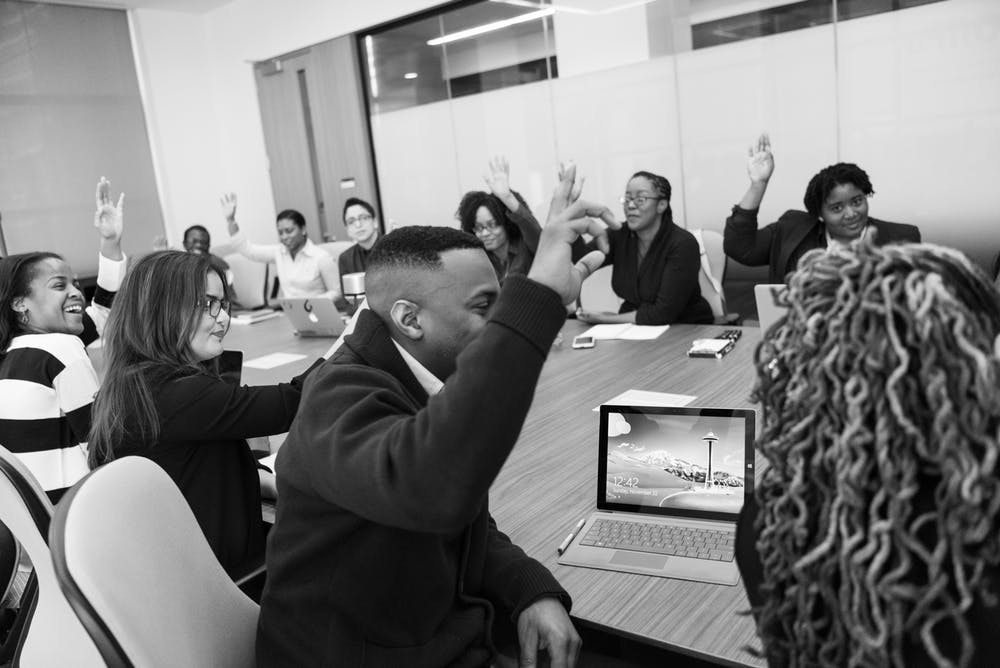Are you looking for strategies to teach students to respond appropriately to normal experiences and interactions with peers? If so, keep reading.
1. Refrain from placing the student in crowded situations where they might feel awkward.
2. Select a peer to escort the student in congested areas of the school to lessen typical physical exchanges and/or intercede should problems happen.
3. Get the student to practice appropriate oral exchanges that should be made when typical physical exchanges take place (e.g., “Excuse me.” “I’m sorry.” etc.).
4. Connect with parents (e.g., notes home, phone calls, etc.) to disseminate information about the student’s progress. The parents may reinforce the student at home for responding properly to typical physical exchanges with other students at school.
5. Do not force the student to interact with others.
6. Get the student to practice dealing with typical physical exchanges in the classroom (e.g., peers bumping against their desk, bumping into others when forming a line, etc.).
7. Emphasize the logical consequences of failing to respond properly to typical physical exchanges with others (e.g., other students will avoid him/her, loss of friendships, loss of chance to interact with peers, etc.).
8. Use those times when the student accidentally bumps, touches, or brushes against other students. Assist the student in realizing that those physical exchanges were typical and accidental.
9. Get the student to lead the line, walk beside the line, walk at the end of the line, etc., to avoid or lessen typical physical exchanges with other students.
10. Praise those students in the classroom who respond properly to typical physical exchanges with other students.
11. Get the student to walk on the right-hand side of the hallways, stairways, etc.
12. Select a peer to model an appropriate way to respond to typical physical exchanges with other students.
13. Create classroom rules: • Complete every assignment. • Complete assignments quietly. • Remain in your seat • Finish tasks. • Meet task expectations. Examine rules often. Praise students for following the rules.
14. Consider using an adaptive behavior management app. Click here to view a list of apps that we recommend.
15. Click here to learn about six bonus strategies for challenging problem behaviors and mastering classroom management.





